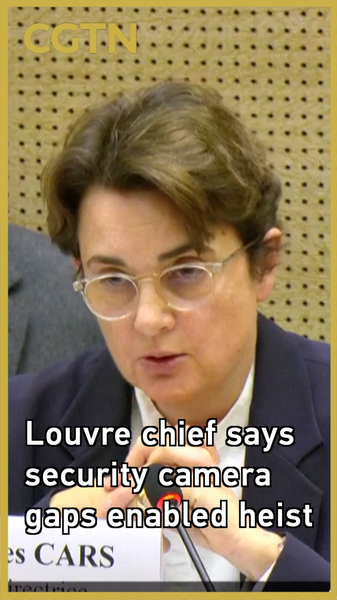When the Louvre reopened on Wednesday after a shocking jewel heist, museum visitors were met with more than just empty display cases. The theft of eight historic gems – worth an estimated 88 million euros (about $102 million) – has sparked a global conversation on art security and modern surveillance.
"We were not able to detect the thieves sufficiently in advance," admitted the Louvre's director, highlighting gaps in camera coverage and real-time monitoring. The incident ranks among the highest-value museum thefts in recent history, underscoring how even world-class institutions can be vulnerable.
Data from art security experts show that traditional CCTV systems flag only 60% of suspicious movements without live analysis. As museums worldwide face a 25% uptick in theft attempts over the past five years, many are exploring AI-driven tools that can instantly identify anomalies and alert security teams.
For tech enthusiasts and young global citizens, the heist offers a real-world case study: can next-gen analytics and machine learning plug the blind spots in legacy systems? Meanwhile, travelers and digital nomads planning their Paris itineraries are keenly watching how the Louvre balances open access with tighter safeguards.
As the investigation unfolds, stakeholders from business leaders to cultural policymakers are calling for a collaborative approach – combining data science, infrastructure upgrades, and staff training – to ensure that our shared heritage remains both accessible and secure.
Reference(s):
cgtn.com




